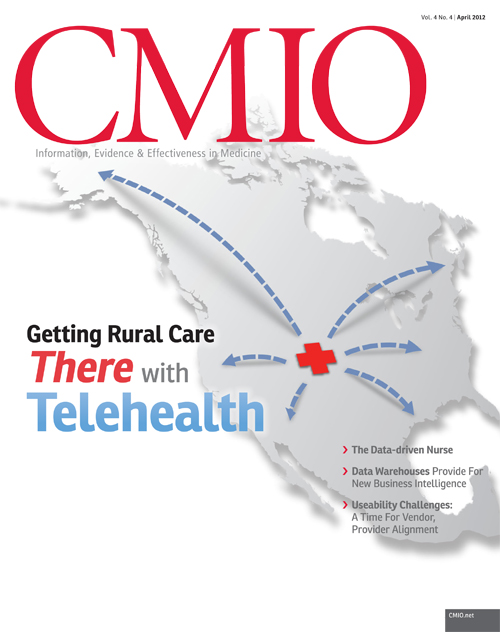HealthIT and the Hospitalist
In this month’s edition of CMIO Magazine, Dr. Bill Bria discusses the concept of usability within the arena of healthcare IT. Usability, from a healthcare IT standpoint, implies the ease at which human/computer interaction can take place in a sustained and reproducible manner.
In discussing usability, it is important to understand that it encompasses the entire spectrum of the user experience. Everything from the availability of computer terminals and the positioning of screens, both strategically and ergonomically, affects the usability experience. Add to these issues hardware and network performance, which translates to start-up times, wait times, and processing times, and the culmination is a potentially longer day for the busy clinician.
Hence, it can be quite daunting to approach the concept of usability without a simple blueprint. Perhaps the most straightforward approach is derived from the root of the word usability itself – use. Use cases are an excellent way of determining usability.
For me, as a hospitalist CMIO, the concept of usability begins from the moment I open my eyes in the morning and ponder the information that is waiting for me pertaining to my patients in the hospital. How quickly can I access my patients’ new labs? Have the imaging reports come back yet? What are my various consultants thinking? The ease with which I am able to access this information as part of my workflow directly impacts my perception of usability. It also determines how I formulate my tasklist for the day and prioritize which patients I see and in which order. In short, it should come as no surprise that enhanced usability translates into enhanced efficiency.
